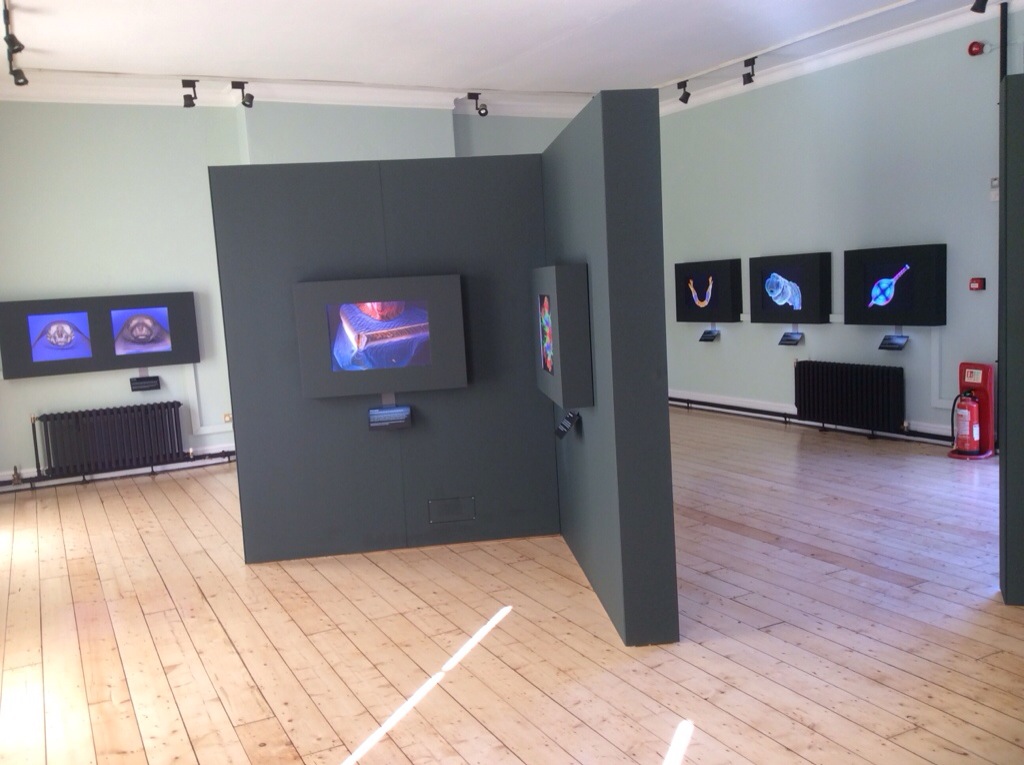A tick burrowing its feeding parts into the skin of a man’s leg, an electron micrograph of a human heart valve and a bird’s eye view of a medieval human lower jaw bone.
There are some strange images at Manchester’s Museum of Science and Industry (MOSI) and About Manchester has been to take a sneak preview.
The oldest surviving passenger railway station in the world at the terminus of the Manchester to Liverpool line is the setting for the launch of the Welcome Image Awards and to celebrate the very best in science imaging talents and techniques, the iconic First Class waiting room is hosting a free exhibition showcasing eighteen stunning images from medical professionals and scientists.
The images have been selected by seven judges from the thousands acquired by the Wellcome Trust and Manchester is one of four venues which sees the eighteen images displayed simultaneously.
The Image awards were established to raise the profile of contemporary biomedical collections and to help celebrate the world of research scientists photographers and illustrators working in the field.
Apart from two and half millimetre ticks and artificial heart valves, the exhibition features Annie Cavanagh and David McCarthy’s scanning electron micrograph of a four year old zebra fish embryo, oxidised vitamin Crystals and a head louse egg attached to a strand of hair.
Jean Franczyk, Director, Museum of Science and Industry commented:
“We are delighted to be working with the Wellcome Trust on another exhibition at MOSI and to continue our close relationship with an organisation that is of great importance to us as a major UK Science Museum. We feel very privileged to be given this opportunity to share these enlightening and outstanding images with our visitors and to be a part of the Trust’s first ever UK-wide Image Awards exhibition. Not only is the content visually arresting, but also so significant for us given their scientific relevance. I am sure they will be of great interest to all those who are curious about the world around us.”
All the images can be viewed at the Wellcome images awards website and already feature in Wellcome Images collections, where they can be accessed and used along with more than 40,000 other contemporary biomedical and clinical images.







